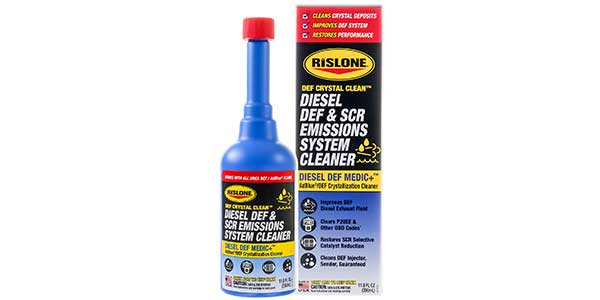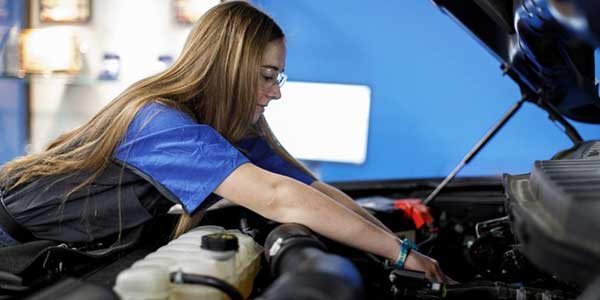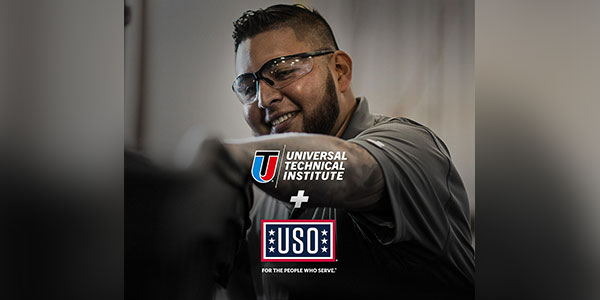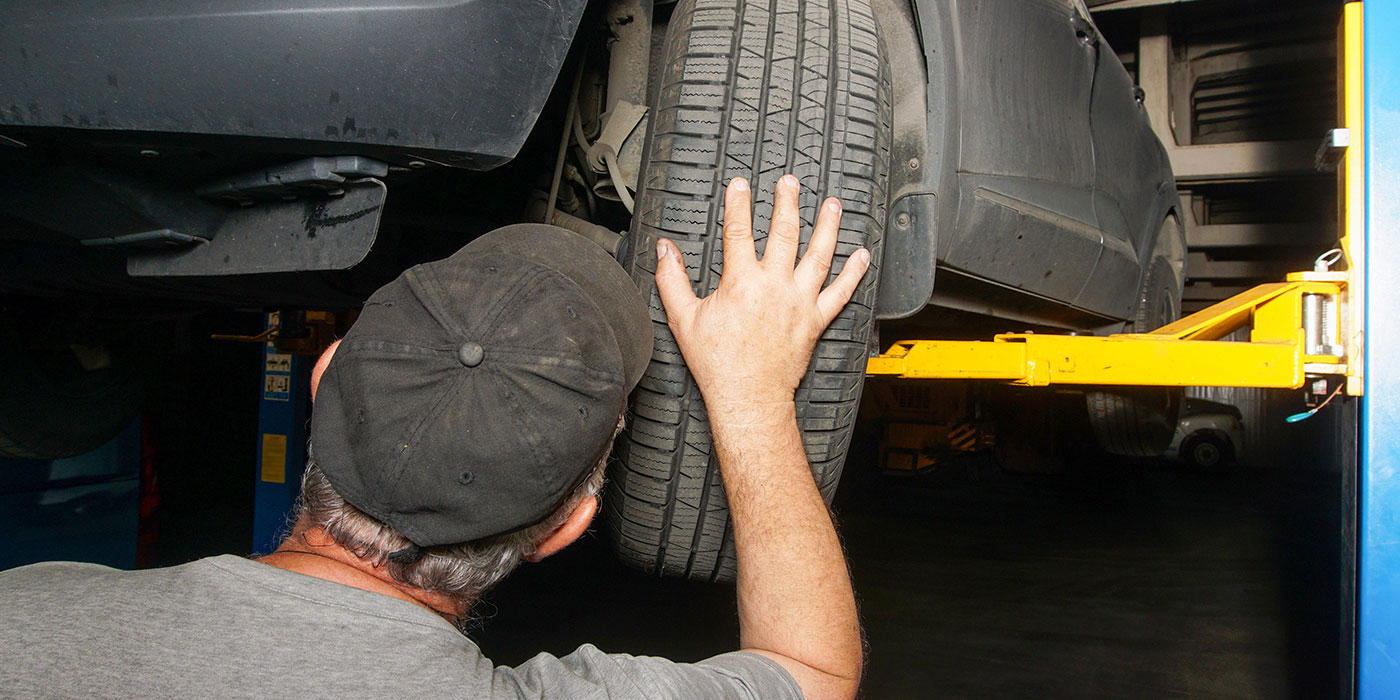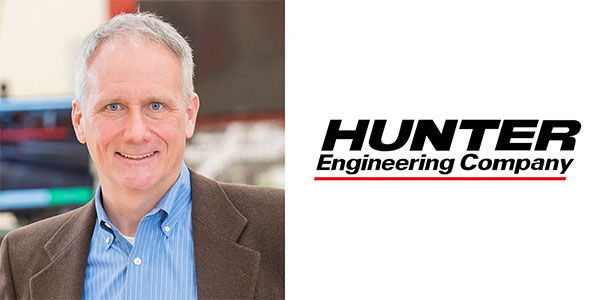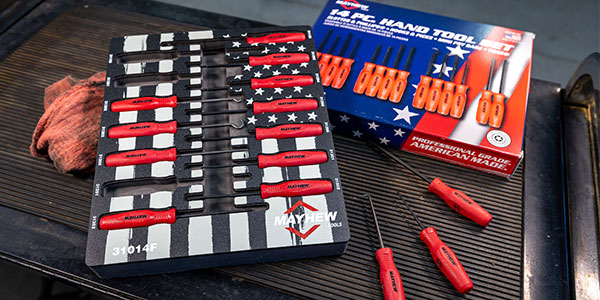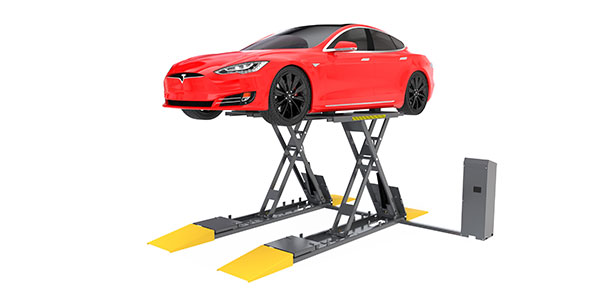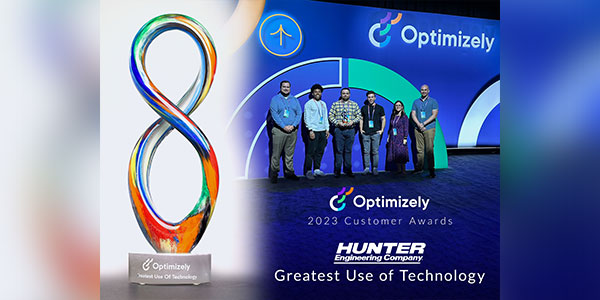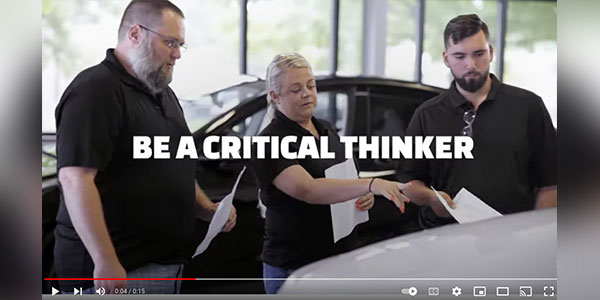The primary mission of a service advisor is to ensure that every customer is driving a safe and reliable vehicle. Over the years, we have given them a host of titles — service writers, ASMs, service consultants and service advisors … the person serving the customer. I really don’t care what we call them, but I do believe that we must have a clear understanding of exactly what their primary mission is.
This is really important … When you finish reading this article, please hand each of your advisors a blank sheet of paper and ask them to write down the definition of their mission in dealing with each and every customer. Additionally, why not do the same with your service manager, parts manager and fixed operations director?
Now transfer their answers onto a single sheet of paper and compare with my mission statement. How many include the key words safe and reliable?
I’m guessing you got several different answers that were not a match. If that’s the case, you have to wonder why we have different mission statements given by employees who share the same job title, along with their direct supervisors.
Doesn’t this mission statement also apply to technicians? Shouldn’t they do their very best to make sure every customer is driving a safe and reliable vehicle? Wouldn’t you agree that every customer would like to know they are in fact driving a safe and reliable vehicle? I believe your answer is “yes” for all three questions. If so, then how do we accomplish our mission?
How to Accomplish Your Mission
You can accomplish your mission with these seven simple processes:
1. Build customer relationships — Proper Meet & Greet
2. Train the customer on proper maintenance — Maintenance Menus (Reliability)
3. Complete a thorough Vehicle Health Check — 27-Point Inspection (Safety)
4. Communicate effectively with the customer — Feature/Benefit Presentations
5. Let the Customer decide — Yes or No
6. Follow Up — Customer Declined Repairs
7. Hold everyone accountable to the mission
1. Build Customer Relationships
Have you trained your fixed operations team in both the service and parts departments on how to properly meet and greet a customer? It should be no different than your sales department.
Here’s an example: “Good morning, welcome to ABC Motors, my name is Don, what brought you into our dealership today?”
Just about 17 simple words to memorize that will accommodate any customer versus: “Can I help you?” or “Do you have an appointment?” or “Need something?” or “What can I do for you?”
The customer has to like us if we want to build their trust, so how about we give them our name along with a big welcome? How about we give the customer a compliment regarding their vehicle, such as: “This is one of our most popular models” or “You really have a clean car”?
Also, look for decals and bumper stickers that will provide topics that are obviously important to the customer, like “I see your son is an honor student — I’m sure you are very proud” or “I see you are a fan of State University.” (Avoid commenting on political stickers.)
Next, verify the primary item of concern and review their service history (or lack thereof) and go to the next step.
2. Train Your Customer on Proper Maintenance (Reliability)
Having a maintenance menu is nothing new by any means but actually presenting one to a customer and explaining the manufacturer’s requirements and recommendations is a totally foreign concept to far too many advisors. Have your advisors been trained on the OEM’s requirements and recommendations? Have you trained your advisors on local area driving conditions that warrant additional services? Do your advisors understand that these presentations are not optional and as such must be presented and explained to every customer in order to maintain a safe and reliable vehicle?
Here are some of the excuses I hear from advisors:
- I don’t have the time to review vehicle history and present menus
- The economy is bad here and our customers won’t buy anything
- Our prices are too high versus the aftermarket
- Our vehicles don’t need any maintenance other than oil changes
- I’ve known that customer for a long time and he won’t buy anything
Sound familiar? Those excuses will automatically doom our mission to failure! You can’t allow the advisor to make the decision for the customer by relying on these excuses.
If your customers want a reliable vehicle, then they must maintain it properly rather than wait for a mechanical failure and then spend more money for the repair versus the maintenance.
An advisor must advise and then let the customer decide.
3. Complete a Thorough Vehicle Health Check — 27-Point Inspection (Safety)
Again, nothing new here, so why don’t you ask your service manager to survey 100 customer pay repair orders and check what percentage have a completed 27-point inspection attached? The only correct answer is 100%.
On those inspections with recommended repairs by the technician, what percentage of the customers said “yes” to complete the repair? If there wasn’t a “yes,” then did the advisor record “Customer Declined Repair” (CDR) on the repair order? What you might find in many cases is there was no repair made and there was no mention of CDR because the advisor never advised the customer of the technician’s findings.
What just happened to the safety factor? When my trainers conduct shop meetings with technicians they often get push back from the techs on the inspection process stating, “It’s a waste of my time, why should I inspect the vehicles when my service advisor won’t sell the work?” Mission aborted!
At this point it should be obvious for one to imagine that if our advisors are properly trained to follow these first three steps with each and every customer every day, we can expect the following:
1. Increased Sales and Gross
2. Increased CSI
3. Higher Owner Retention
Our mission has absolutely nothing to do with selling a customer something they don’t need, don’t want or can’t afford. Our mission is to advise the customer on what is needed in order to drive away in a safe and reliable vehicle.
If you start holding everyone accountable for these first three steps, you will see some amazing results that just might make that bottom line look even better.
Don Reed, CEO, DealerPRO Training





